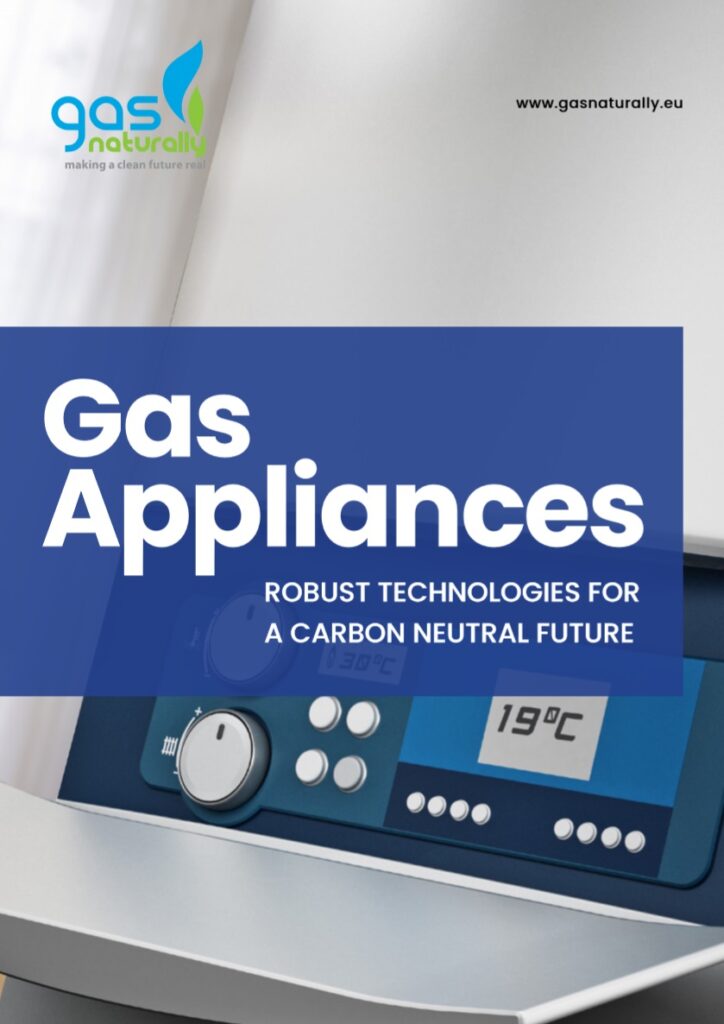GasNaturally’s feedback to the EU Energy Efficiency Directive Evaluation and Review
21 September 2020
GasNaturally supports energy efficiency as a key contributor to achieving the European Green Deal ambitions. We agree that increasing energy efficiency is an important element of developing a sustainable and competitive EU energy mix as well as a crucial enabler of empowering consumers on and off the grid. We welcome the Commission’s emphasis on investing in energy efficiency as part of the COVID-19 Recovery Plan. In this context, GasNaturally would like to share a set of considerations aimed at strengthening the Commission’s initiative to review the EU Energy Efficiency Directive (EED).
Policy recommendations:
- Prioritise EED implementation measures;
- Focus on cost-effectiveness by ensuring a level playing field, as well as greater competition between projects and technologies that deliver energy savings, CO2 emission reductions, improvement of air quality and other environmental benefits;
- Further explore potential benefits of gaseous solutions to reduce hard to abate emissions in heating (e.g. rural, vulnerable customers);
- The European Primary Energy Factor (PEF), approved just two years ago, should not be further reduced. Moreover, a thorough impact assessment of the impact of the current 2.1 PEF should be conducted.
GasNaturally's complete recommendations for a successful EU Energy Efficiency Directive Evaluation and Review are included in our response to the initiative's Roadmap (link and attached).
GasNaturally is a partnership of eight associations (Eurogas, Natural & bio Gas Vehicle Association (NGVA Europe), European Gas Research Group (GERG), International Gas Union (IGU), International Association of Oil and Gas Producers (IOGP), Gas Infrastructure Europe (GIE), Liquid Gas Europe (LGE) and Marcogaz) that together represent the whole European gas value chain. Our members are involved in gas exploration and production, transmission, distribution, wholesale and retail operations, as well as gas in transport.
